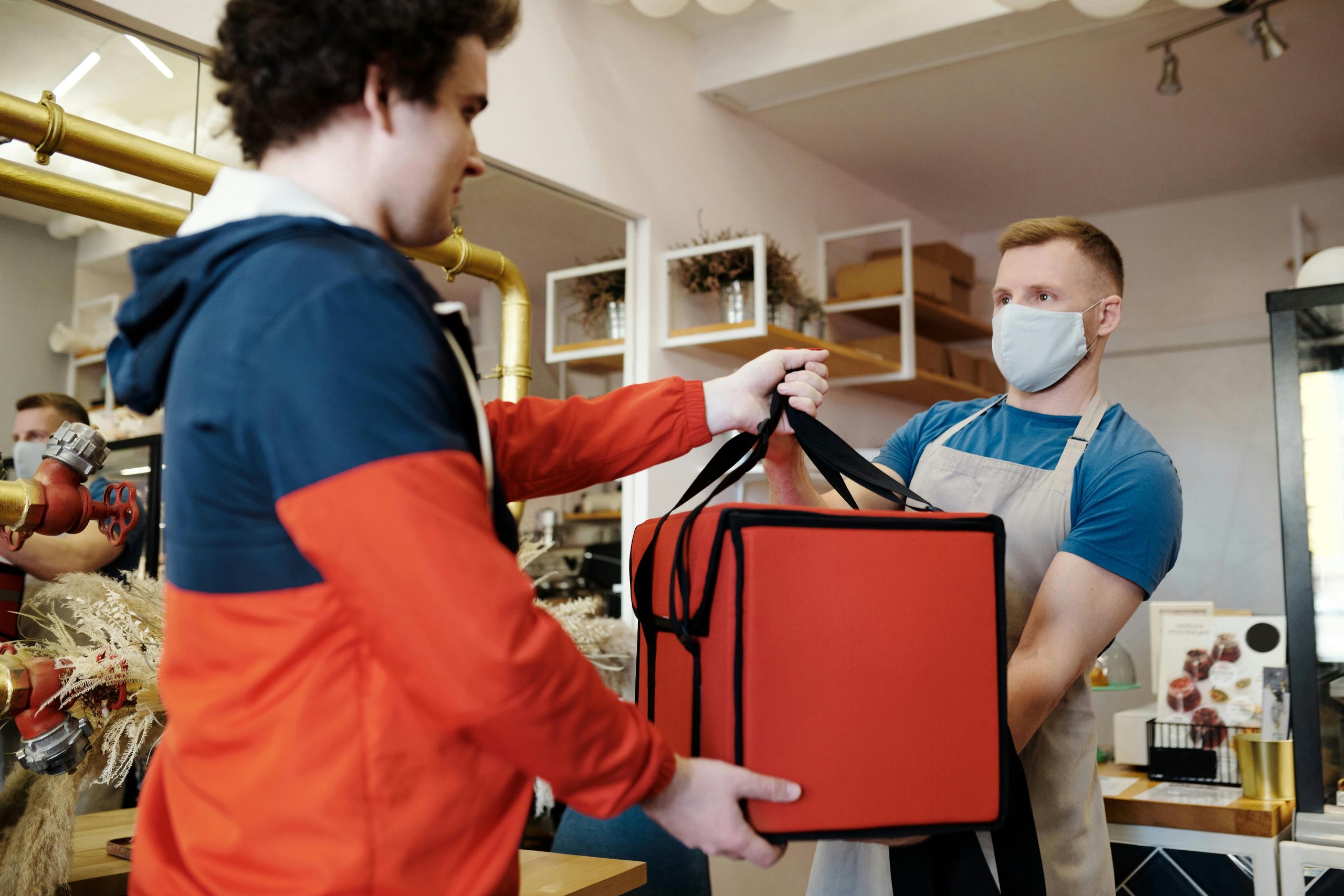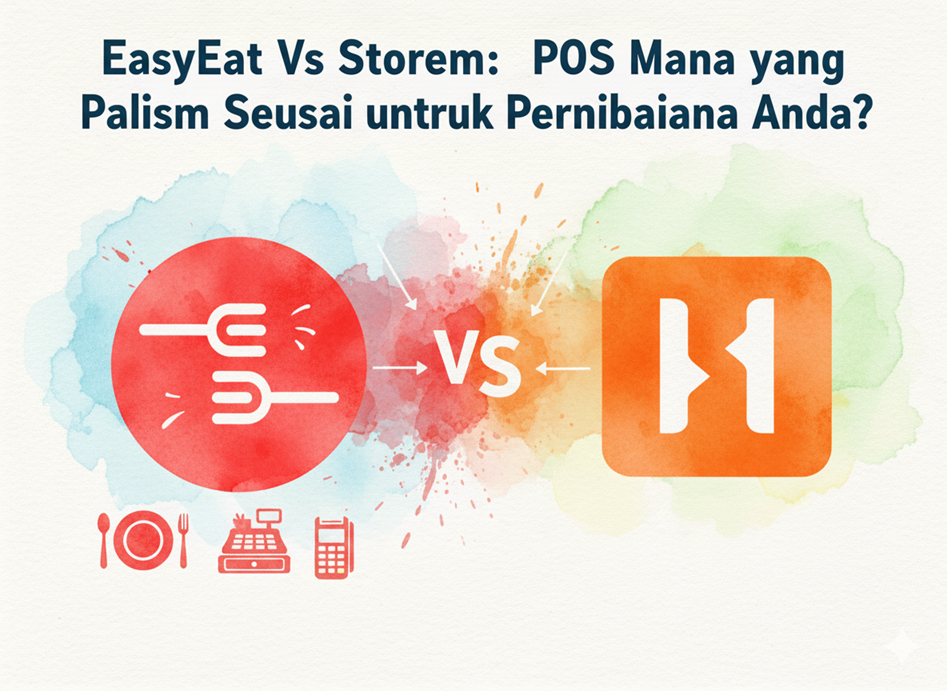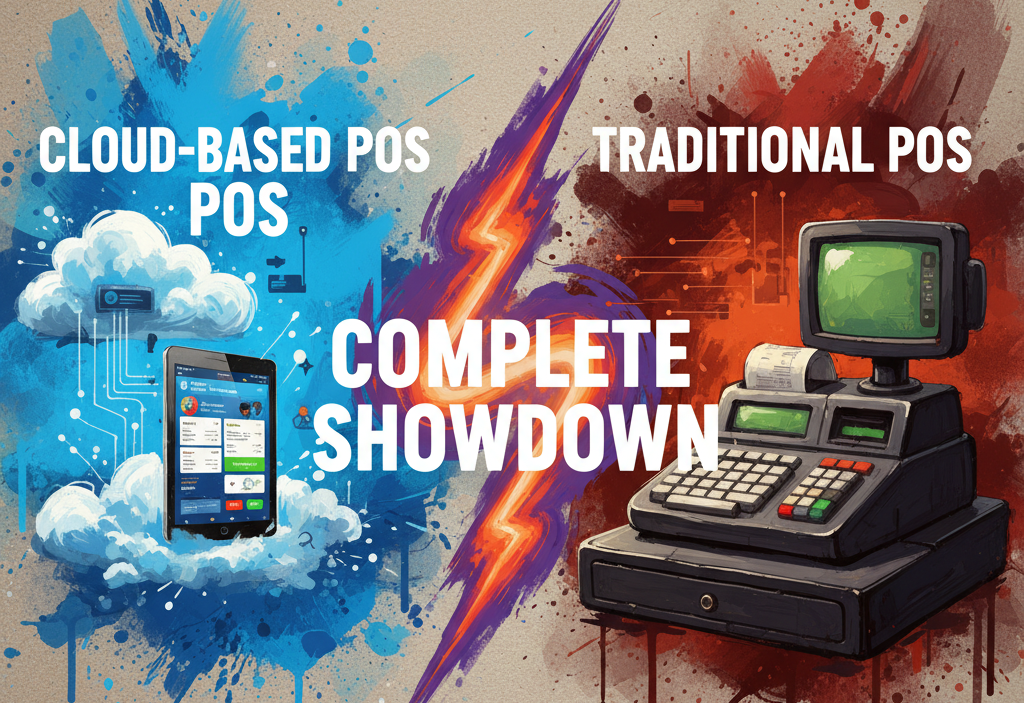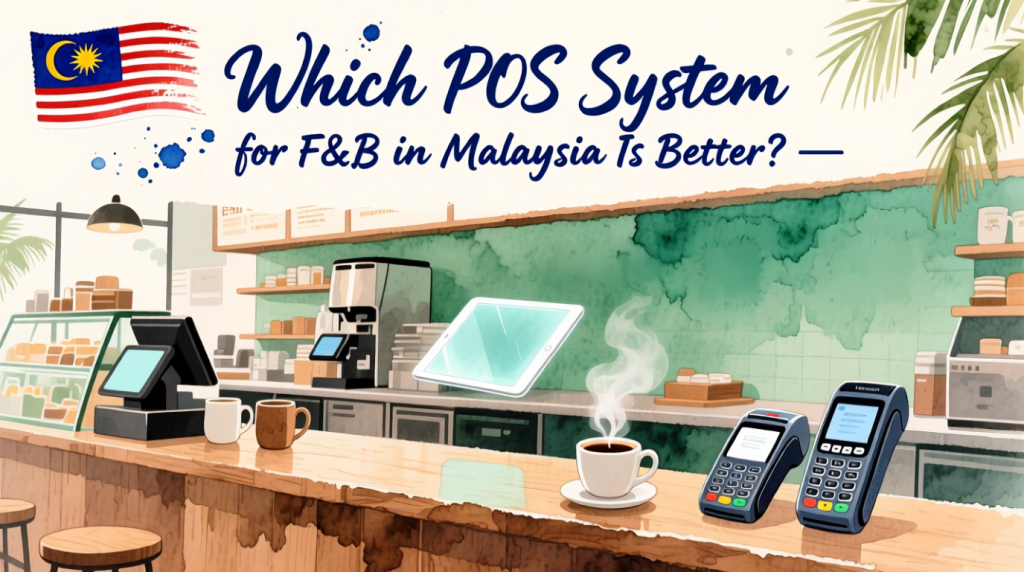Food delivery is booming, with apps like GrabFood and Foodpanda making it easier than ever for customers to order food online. While delivery can boost your sales, it also comes with its own set of challenges. You might think that what is the most common mistake restaurants make while delivering food? Here are 10 common mistakes to avoid when managing food deliveries, along with tips to help you streamline your process.
1. Not Having an Order Management System
One of the most common mistakes restaurants make is not having a proper system to manage their orders. When you’re juggling dine-in, takeaway, and delivery orders, things can get confusing fast. Without a centralized order management system, orders can get mixed up, delayed, or even forgotten.
A good POS system with an order management feature can help you stay organized. It ensures you don’t mix up orders, which is key to delivering a positive experience for your customers. In fact, restaurants that use POS systems for order management report 20% fewer order errors, improving customer satisfaction and repeat business.
2. Incorrect Packaging
Food packaging is more important than you think. One of the most common faults in deliveries is poor packaging. Spills, leaks, or food arriving cold are major reasons for customer complaints. Invest in sturdy, insulated packaging that keeps the food fresh and warm. Also, make sure your packaging is tamper-proof for safety.
According to a survey by Statista, 29% of customers said they wouldn’t order again from a restaurant if they received a poorly packaged delivery.
3. Ignoring Food Quality for Delivery
Just because it’s a takeaway doesn’t mean you can compromise on quality. Food delivered to the customer’s door should be just as good as what you serve in-house. It’s easy to let standards slip when you’re focusing on speed, but poor food quality can lose you customers. Make sure you have a process in place to ensure food quality is maintained during delivery.
4. Not Training Delivery Staff Properly
Many restaurant owners overlook the importance of training their delivery drivers. What are some dangers that can occur during food deliveries? Poor handling of food, lack of communication with customers, and even accidents on the road. Make sure your delivery staff are well-trained in food handling, customer service, and safe driving.
5. Forgetting About Time Management
Time is everything in food delivery. Customers expect their food to arrive fresh and fast. If you’re late, it not only affects the quality of the food but also frustrates your customers. One survey found that 60% of customers would not reorder from a restaurant if their food was late. Use a reliable food delivery app or integrate delivery tracking into your POS system to manage time effectively.
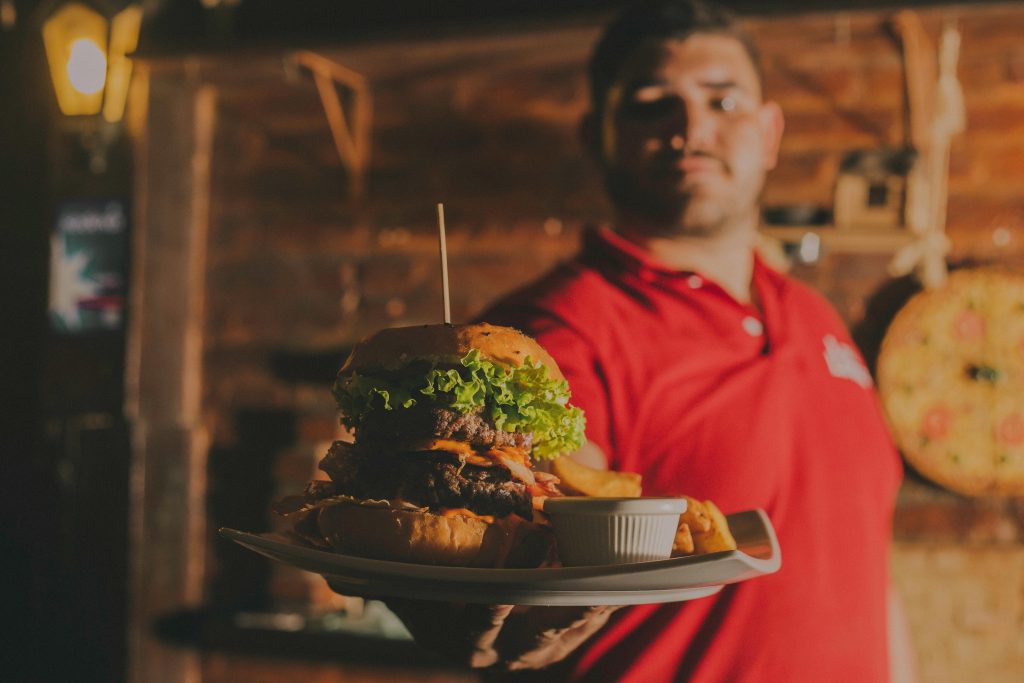
6. Not Updating the Menu for Delivery
Certain foods just don’t travel well. If you haven’t adapted your menu for delivery, it could lead to disappointed customers. For example, fries often become soggy, and certain dishes might lose their texture or taste during delivery. Make sure to update your menu with items that are suited for delivery. Also, clearly mention any modifications or exclusions in your online menu to avoid confusion.
7. Complicated Online Ordering Process
If your online ordering system is too complicated or confusing, customers may give up and order from your competitor instead. Make it easy for your customers to order online takeaway through your website or food delivery apps. Simplify the menu layout, include clear instructions for customizations, and offer a guest checkout option so customers don’t need to create an account.
A study by Oracle found that 86% of customers are likely to abandon an order if the online process is too complicated or takes too long.
8. Overcomplicating Payment Methods
Customers prefer a simple and secure payment process. Offering limited payment options can frustrate them. Include multiple payment options in your online takeaway system, such as credit/debit cards, e-wallets, and cash on delivery. It’s also a good idea to allow customers to pay directly through food delivery apps for convenience.
9. Not Monitoring Customer Feedback
Feedback is crucial to improving your food delivery service. Ignoring customer complaints or not responding to reviews on food delivery apps is a big mistake. Monitor reviews and feedback to identify areas for improvement. If multiple customers are complaining about late deliveries or cold food, it’s a sign that your delivery process needs fixing.
A survey by ReviewTrackers found that 94% of customers said a bad review has convinced them to avoid a business.
10. Failing to Plan for High-Demand Times
Every restaurant has busy periods, such as weekends or public holidays. Failing to plan for high-demand times can overwhelm your kitchen and lead to delays. Prepare ahead by organizing extra staff or limiting the number of orders accepted during peak times. A POS system with integrated delivery management can help you track order volume and avoid bottlenecks during busy periods.
Food delivery can be a game-changer for your restaurant if done right. However, these common mistakes can cause unnecessary headaches. By investing in the right tools, like a POS system with order management, simplifying your menu, and training your staff, you can avoid most delivery pitfalls and keep your customers happy.
Remember, a smooth food delivery process isn’t just about the food itself— it’s about the entire customer experience. Keep that in mind, and you’ll see your delivery service become one of your restaurant’s greatest strengths.

